On 25 February 1965, the 11 members of the Batër geological expedition, while trying to save one of them, disappeared in a sudden avalanche in the Batër Stream (around 5 km from the site where the Krastë town was later built).The new Batër Mine, which became operational in 1967, was named “11 heronjtë” (11 heroes) in their honour.Krastë was founded as a town in 1970 as the new miners’ town for the Batër Mine.After a year, in 1971, the new mine of this town also started operating.The first 48 inhabitants moved to Krastë in 1974.
To extract the chromium ore, a new re-education unit was opened, the Batër-Martanesh Camp.On 16 August 1975, works commenced, and after a few days, the first 70 ordinary prisoners were transferred to this camp.
The Batër-Martanesh Unit was numbered 301/1.At this time, Bulqiza’s Unit 301 continued operating.In 1976, the first year of the work, 382 prisoners were registered at this camp.The unit’s capacity was 600 prisoners, but this figure was frequently exceeded.In the years 1977-1983, there were on average 700-900 prisoners per year in the camp.
By Order no. 4 dated 06 January 1983, Unit 301/1 Batër was renamed as “Unit 301, Batër”.Some prisoners were transferred there from Camp 301, Bulqiza, which was closed.In 1984, the new figure of convicts was 739, but by that year’s end, it reaches 912.According to the report dated 12 April 1984, 523 convicts worked in this unit with three shifts in five galleries.This unit was closed in 1991 after the fall of the communist regime.

